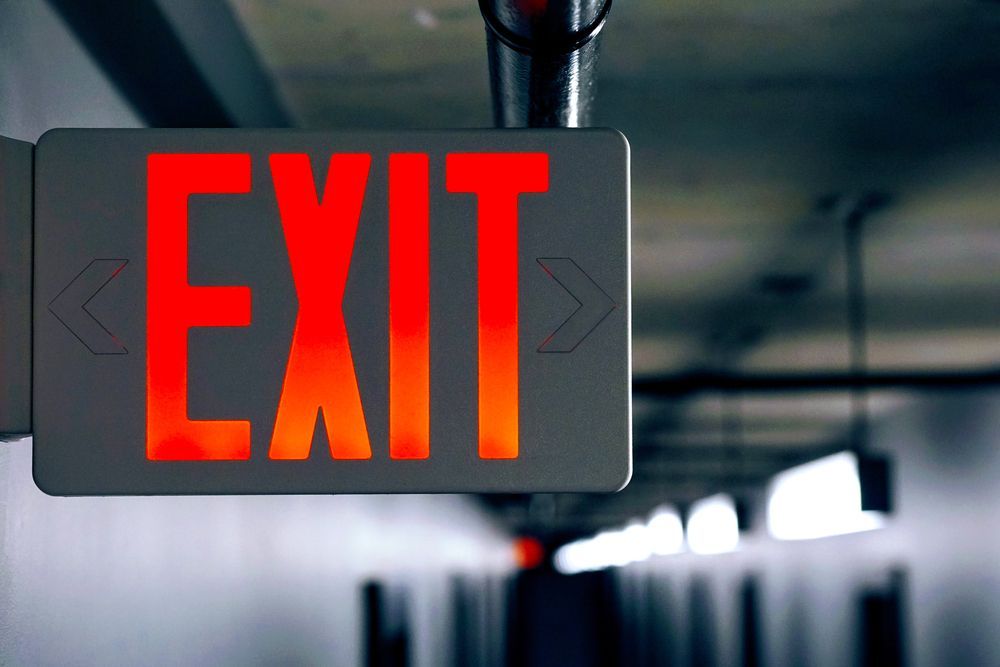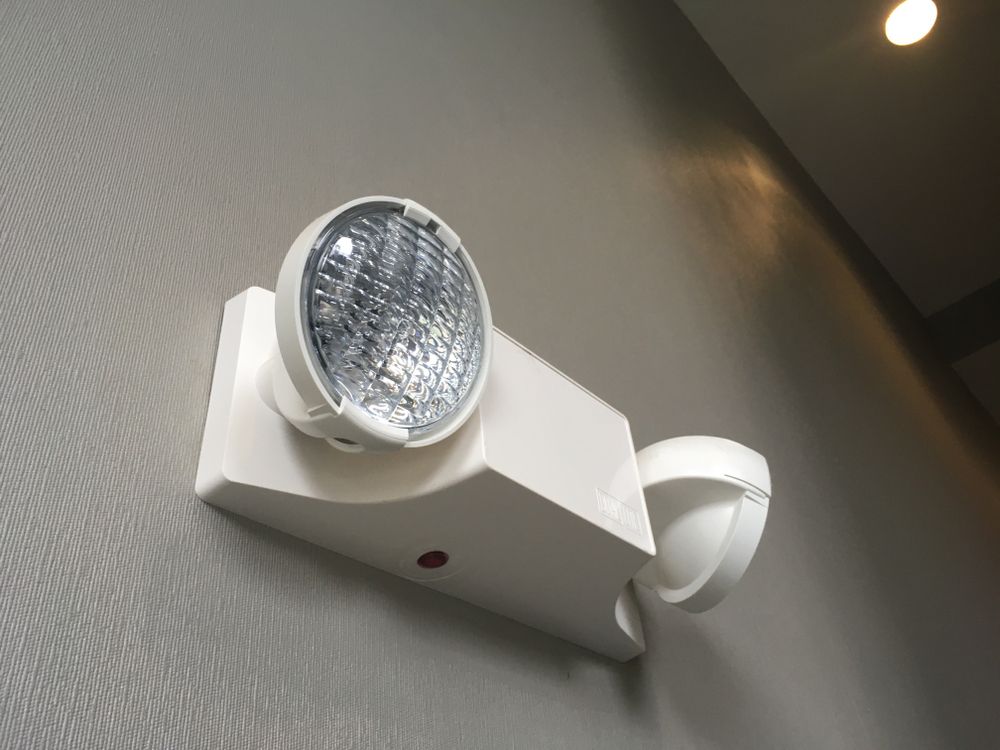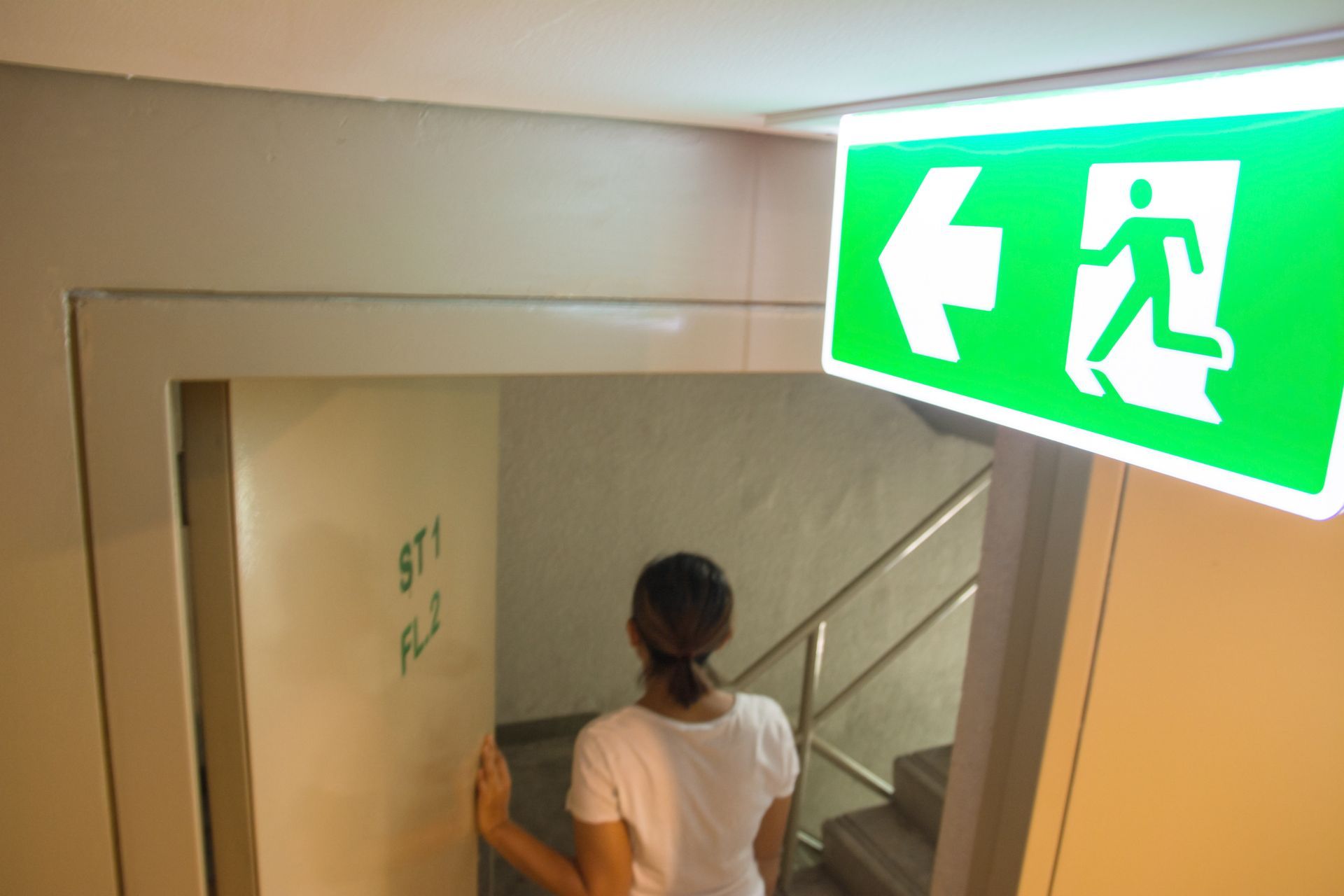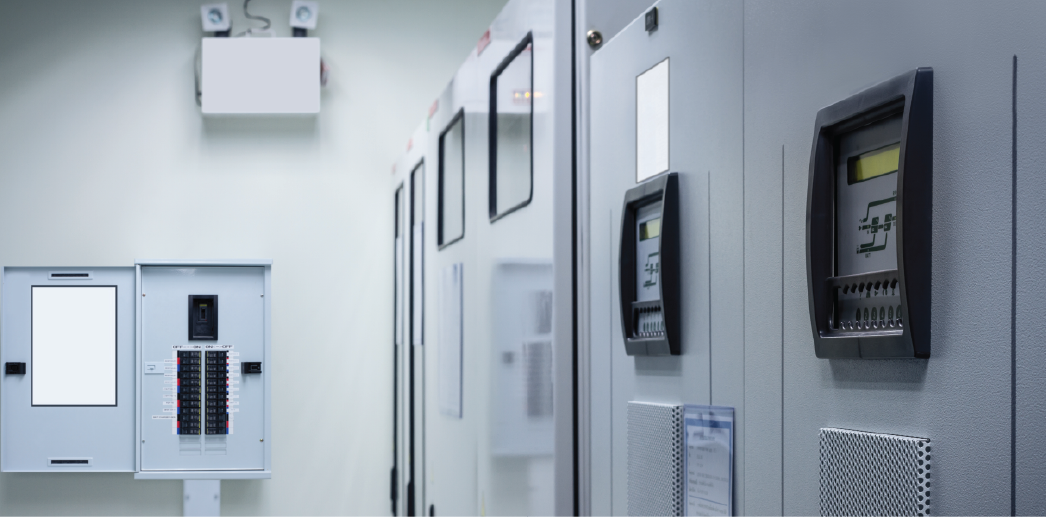Emergency Lighting Code Compliance
Share this article:
Emergency lighting codes provide guidance regarding the installation, testing, and maintenance of lighting products used in facilities. These codes ensure that all companies are following set standards that will help promote safety for all workers and customers in the building.
Failure to comply with the emergency lighting codes and standards may result in dangerous working conditions that lead to serious accidents. Workers and guests can find it difficult to leave the premises during emergencies, or trip over obstacles that impede their way.

Companies that willfully ignore these standards can be held liable if an accident occurs, which could result in lawsuits from individuals. If they continue to be in noncompliance, they could face serious state and federal penalties, fines, and jail time.
Several organizations have emergency lighting standards as part of their national building codes. These organizations include the National Fire Protection Association (NFPA), which provides details on the testing and maintenance of lighting products. Other organizations such as Underwriters Laboratories (UL) focus on the safety and performance of emergency lighting products.
Applicable Codes and Standards (NFPA 101, NFPA 70)
NFPA 70 and NFPA 101 are codes that focus on the installation of products in buildings. The NFPA 70 codes cover the requirements for installing electrical wiring and products. The NFPA 101 code focuses on providing guidance for building construction and occupant safety.
When it comes to emergency lighting, the NFPA 70 focuses on wiring requirements, system testing after installation, battery systems maintenance, load testing, documentation, and emergency system capacity, rating and labeling. The codes also go into detail regarding how to mount lighting systems, the types of products that are considered to be emergency illumination, how long emergency illumination will last due to power failure, and how to properly store emergency lighting batteries. You will also find guidance regarding the circuits used for these systems. Here are several NFPA codes to use for your premises.
Emergency lighting should be designed and installed so that if there is a failure in a lighting element, the area will not be left in total darkness due to the positioning of other available lighting systems.
No non-emergency appliances, lamps, or other systems should be wired into the emergency circuits used for the emergency lighting system.
Emergency lighting batteries should operate for at least 90 minutes and should have a rating/capacity of no less than 87-1/2% nominal battery voltage.
For NFPA 101, these codes go over the construction of buildings as well as the building protection and occupancy safety standards. These codes are used for both new and existing buildings. Emergency lighting guidance involves where the lighting is placed on the grounds, the performance of the lighting system when there is a power failure, and that emergency lighting systems should automatically operate when there is any interruption of normal illumination. These codes go on further to talk about how the systems should be ANSI/UL listed, have rechargeable batteries that should be in compliance with NFPA 70 standards, and provide steps on how to perform testing.
Some codes that you should be aware of are as follows:
- Emergency lighting setups should be spaced to provide enough lighting for normal eyesight to see pathways and exit signs.
- Lighting systems should give off initial illumination that is not less than 1 candle-foot (10 lux).
- When emergency generators are used, there should be an automatic transfer between powering normal lighting and emergency lighting systems without any switches that could disrupt the energy sources.
Emergency Lighting Control Strategies

Emergency lighting code compliance is designed to help standardize the process to make it easier to maintain a safe building environment. When purchasing equipment and designing a system, there are several key strategies that you can adopt based on your operations, lighting systems, and budget.
Battery Backup
Normal lighting units with backup battery systems are often used when you do not want to purchase a separate emergency lighting system. The battery becomes charged during normal operation of lighting fixtures by using an emergency LED driver.
Then the power goes out, the driver switches to the backup battery supply. While the lighting levels cannot be adjusted, these systems can provide an adequate solution when there are no emergency generators present.
Stand Alone Emergency Lighting
Stand alone emergency lighting is in addition to the normal lighting systems in the building. These systems can be on all the time or only during power outages. They can be powered with generators or rechargeable self-contained batteries. This type of emergency lighting can often be used in corridors or stairwells that should always be illuminated, even at night when the normal lights would be turned off.
Centralized Emergency Lighting
Centralizing emergency lighting uses lighting controls and inverters to supply power to emergency light fixtures in the building. The batteries are housed in a cabinet in a central location. When the power goes out, the lighting control system automatically activates the inverter to supply the lights with battery power. Lighting inverters make it easier to perform testing and maintenance of backup battery systems by placing the lighting control in a single location.
ALCR & BCELTS
Automatic load control relays (ALCR) and branch circuit emergency light transfer switches (BCELTS) are used when there are lighting inverters or emergency generators. They allow the standard lighting fixtures in the building to be used as emergency lighting systems. These relays and switches offer integrated lighting control when the power source is in a centralized location.
What Does UL Say About Emergency Circuits, UL 924 and UL 1008?
UL 924 involves the use of emergency power and lighting equipment such as a load control relay whereas UL 1008 focuses on the use of transfer switches that can be used for emergency lighting. When designing and installing emergency lighting, UL 924 devices are typically used downstream for lighting control systems. They are employed when you need to bypass a wall switch or when using a dimming signal like a normal circuit. If the power goes out, the UL 924 device senses the failure and automatically turns on the emergency lighting system no matter the position of the dimmer or switch.
For UL 1008, these are switches that are used to transfer power between the normal power and backup power. They are commonly used when there are two or more power sources but you are only using one circuit. The UP organization has stated that UL 924 should not take the place of UL 1008 when performing load switching. UL 924 load control relays should only be used for one power source.
Testing and Maintenance
Testing and maintenance of emergency lighting systems has been standardized for both NFPA 70, NFPA 101, and other code regulations. The testing requirements cover all types of emergency lighting systems, including self-diagnostic and self-testing units. Testing of emergency lighting should be conducted every 30 days for no less than 30 seconds or annually (when permitted) for no less than 1 1/2 hours. Self-testing and self-diagnostic battery-operated lights should follow the same testing timetable with a visual inspection to occur every 30 days.
Can Lighting Inverter Systems Help You?
If you are looking for a more centralized approach for emergency lighting systems that allows you to stay in compliance with national code standards, Lighting Inverter Systems can help. We offer a range of lighting inverter products that are easy to install and maintain. Contact us for more information.
Connect with Us:
Request a Quote From a Product Specialist
Experienced Product Representatives are on hand to send you information and quotations for equipment. If you need help with sizing, installation planning, or general questions about product please fill in the appropriate form and someone will contact you shortly. You may also call 844-501-1887 to get a direct product representative.



